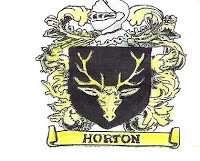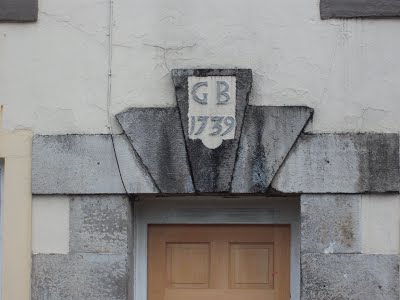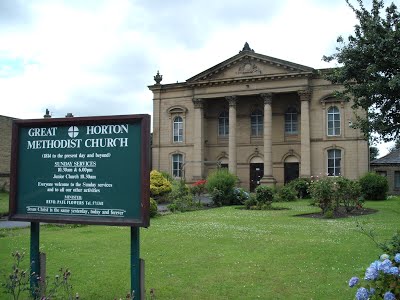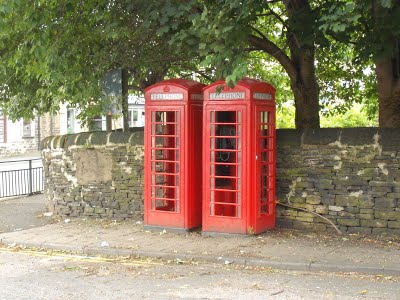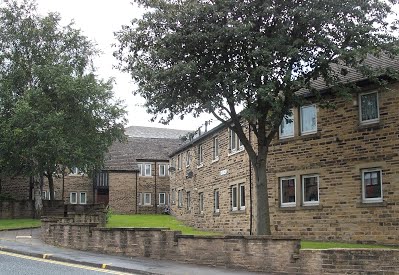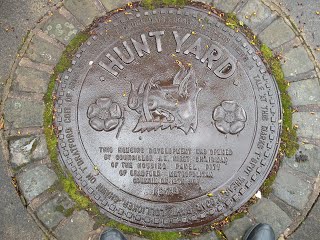Contact Beth Northrop
ejnorth123 AT juno.com
![]()
Horton
|
GREAT HORTONHISTORY.
The township of Horton is very much like its neighbour Bowling and is made up of two districts Little Horton and Great Horton. It is south west of the city centre.
The Doomsday book says that Horton is dependent on the manor of Bradford. In 1100 Robert de Stapleton had it. Then his son Hugh who at the time had Clayton assumed the name of Horton. after Robert de lacy gave him land to manage.
The Horton family held it until 1272. Then it past though various families. until it was bought back by Joshua Horton in 1640.
In 1858 the manor was sold to William Cousen .
Horton was a place of small farmsteads, cloth manufactures and coal mines. It had an old corn mill as early as 1311.
It is strange to think that in 1800 Horton was quite separate from Bradford.
Horton joined Bradford corporation in 1847.
Photo Phil Robinson 2009
The Blamiresa large well respected family owned many propetys in
G.Horton
Many of the family were Butchers by trade. And Samuel Blamires owned the Kings arms.
Built by Gilbert Brooksbank, another large GH family in the 1730s.
Kings Arms.
Photo Phil Robinson 2009
Great Horton Today
Today Great Horton is not so Great its a shadow of its former self. It has been sucked up into the hustle and bustle of the city. It now dominated by a large Tesco store that some say has helped suck the life out of local businesses. It has a never ending stream of traffic. People pass though without an idea or care of its Historical past. Photo Phil Robinson 2009 Photo Phil Robinson 2009 GREAT HORTONS FIRST WORKING MENS CLUB OPEND IN 1886
IT IS LOCALLY KNOWN AS THE "FAT POT"
THE FAMOUS HUNT YARD DEVELOPMENT
LAND GIVEN TO JOHN NORTHROP FOR KILLING THE WILD BOAR
Click the link to go to my site on the legend of the boar
https://sites.google.com/site/bradfordsuburbs/home
|
|
|
ej northrop ©2013 All Rights Reserved. |
site design by damnedcomputer.com |
|
| ||||||||||||||||||||||||||||||||||||||||||||||||||||||||||||||||||||||||||||||||||||||||||||||||||||||||||||||||||||||||||||||||||||||||||||||||||||||||||||||||||||||||||||||||||||||||||
